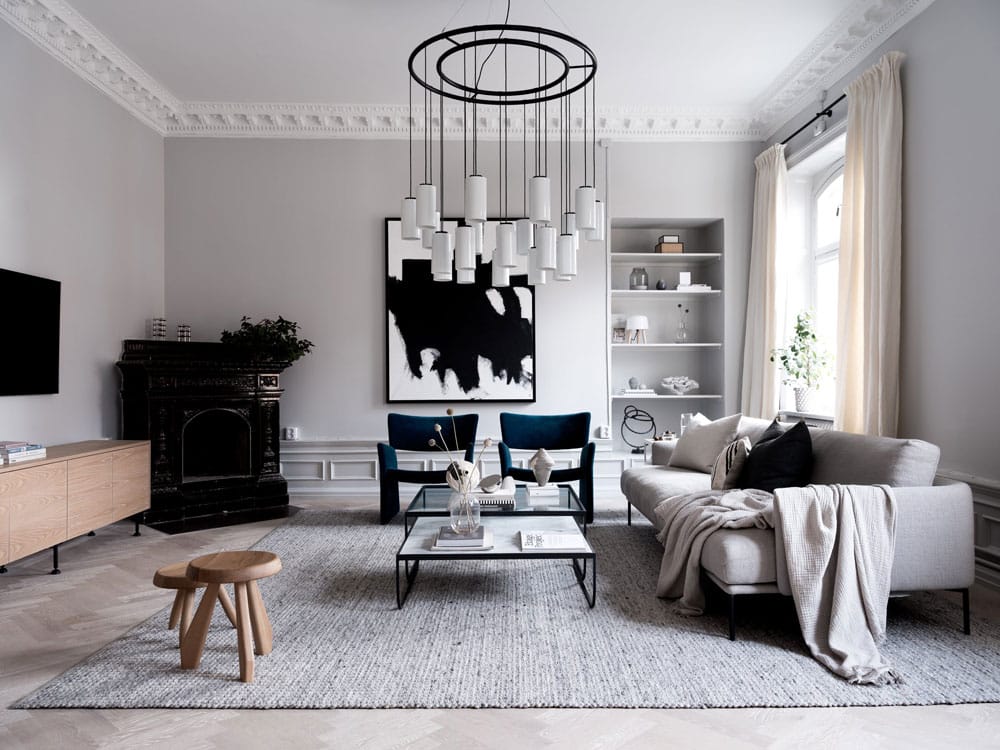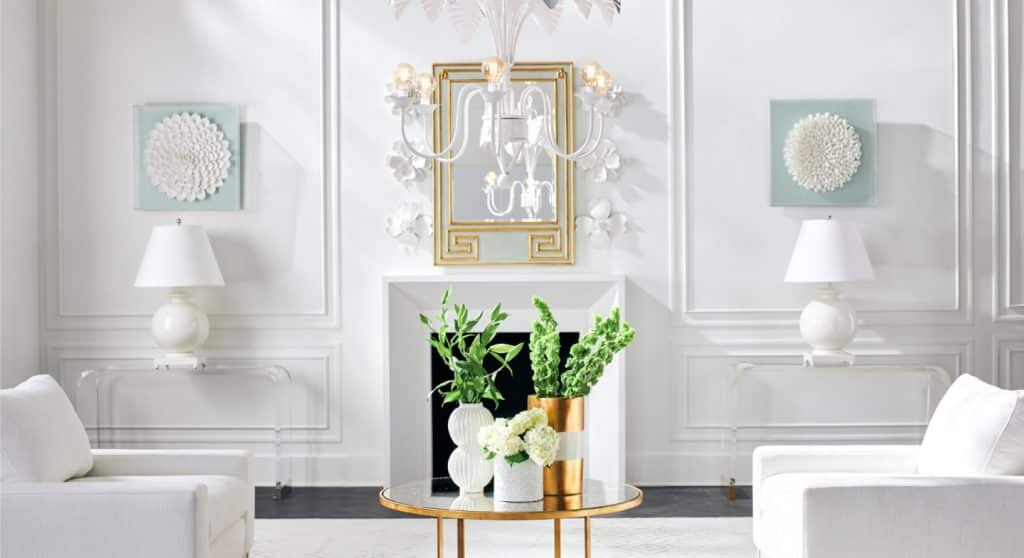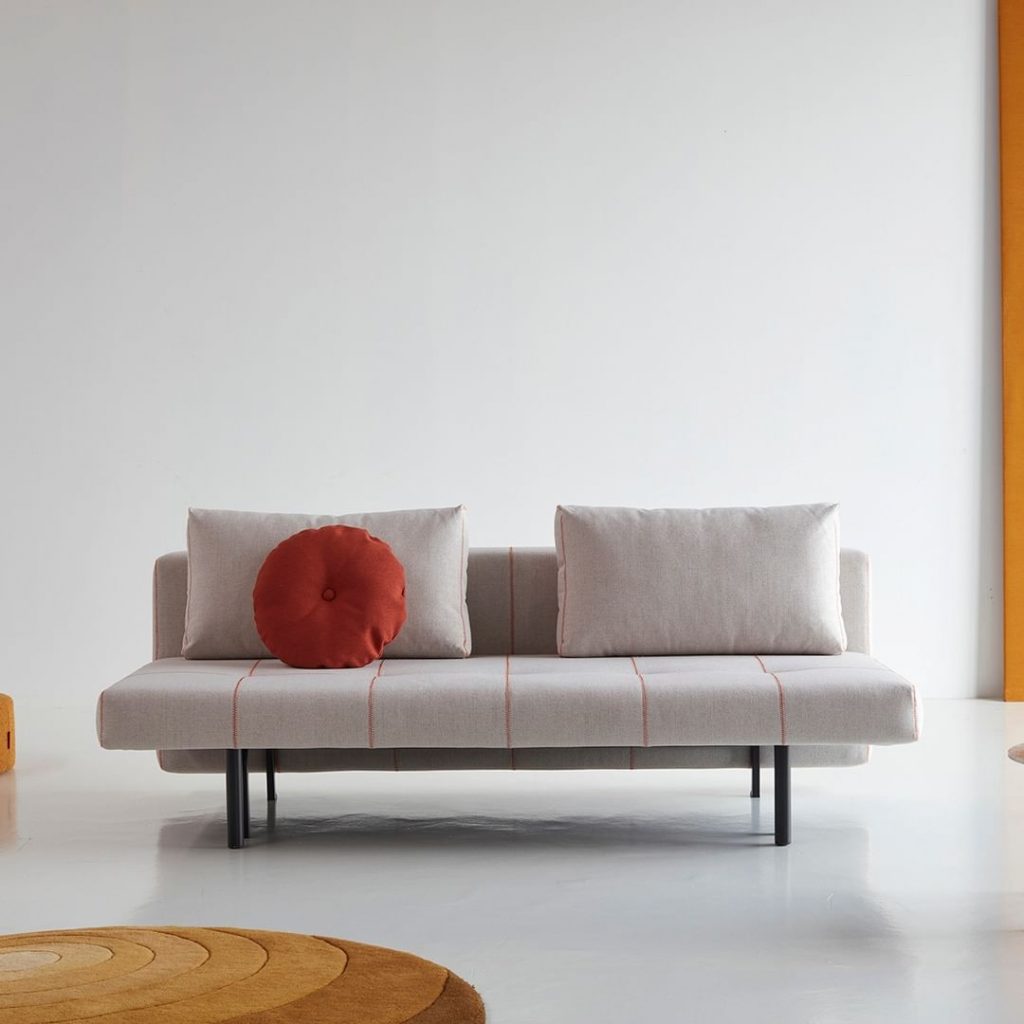Scandinavian Interior Design Elements
We all want our place to be comfy and homey, cozy and warm. We strive to recreate an atmosphere of heart-warming and well-being in our home. This wish easily becomes a reality with Scandinavian design. Scandinavian or Nordic design is timeless because it is simple, beautiful, finely crafted, and made with natural materials. Scandi interiors make you fall in love with their versatility: they combine simplicity with sophistication, freedom of space with thoughtful organization, practicality, and functionality with bright decor accents.
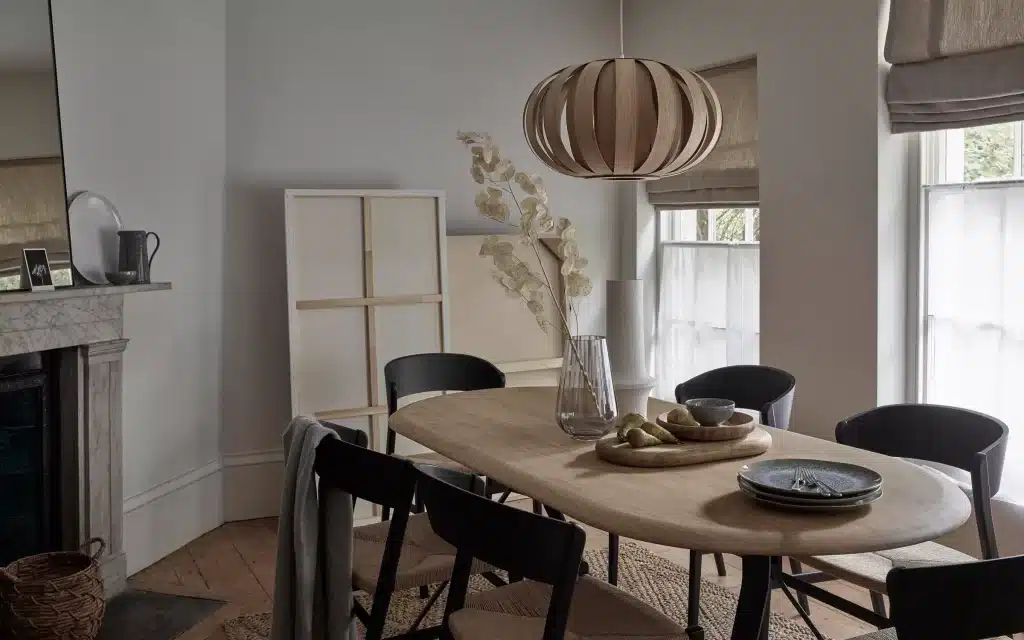
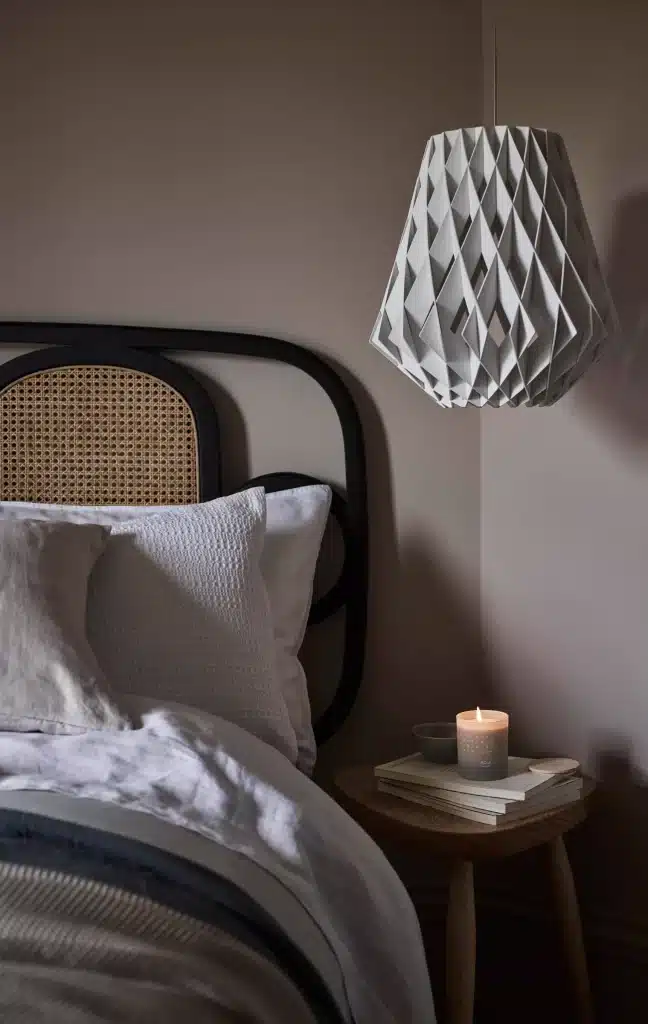
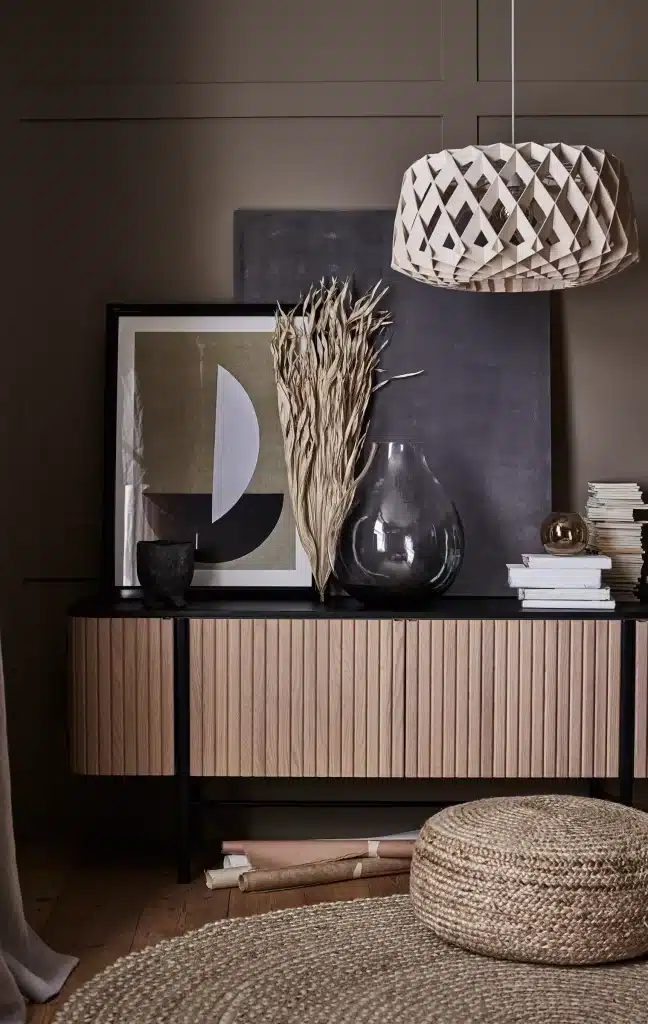
What Are The Key Elements Of Scandi-Style Interior?
Belonging to the school of modernism, Scandinavian design is focused on functionalism and simplicity. Versatile and affordable design solutions have brought Scandinavian style worldwide popularity. A Scandinavian-style apartment is, first of all, a space for a comfortable everyday life. Simplicity, functional practicality, clear lines, and discreet elegance are the main distinguishing features of a style that fits perfectly into both large spaces and small rooms. So, what are the distinctive features of northern aesthetics, and what basic principles must be remembered and followed in order for the interior to become truly Scandinavian?
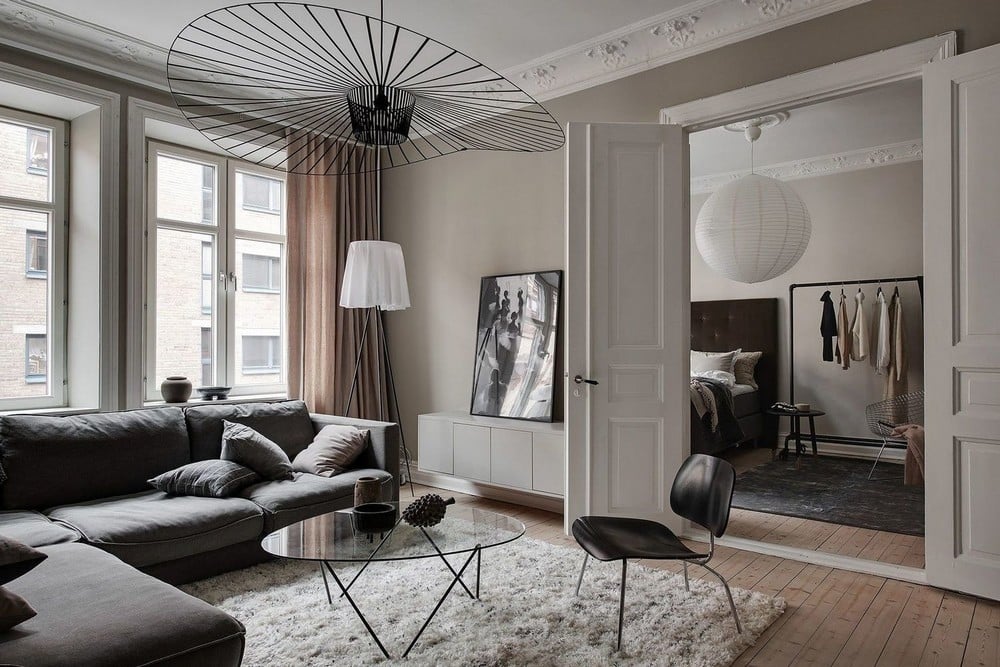
1. Maximum Sunlight
Scandinavian style is associated with restraint and some severity. After all, it came to us from Northern Europe. Finland, Norway, Sweden are countries that have a rather harsh climate, long winters, and not much sunlight. To compensate for these shortcomings of the terrain, the interiors of those lands breathe freedom, air and light. The most important task of the Scandinavian interior is to provide maximum access to natural light and its best spreading in the room. The windows have minimal decor. Curtains are either absent or made of light material to let in as much sun as possible. Light curtains made of natural fabrics are ideal: transparent and light silk, chiffon, the finest linen, muslin or mesh. Roller shades or blinds in light shades are a great alternative that fits perfectly into the northern interior.
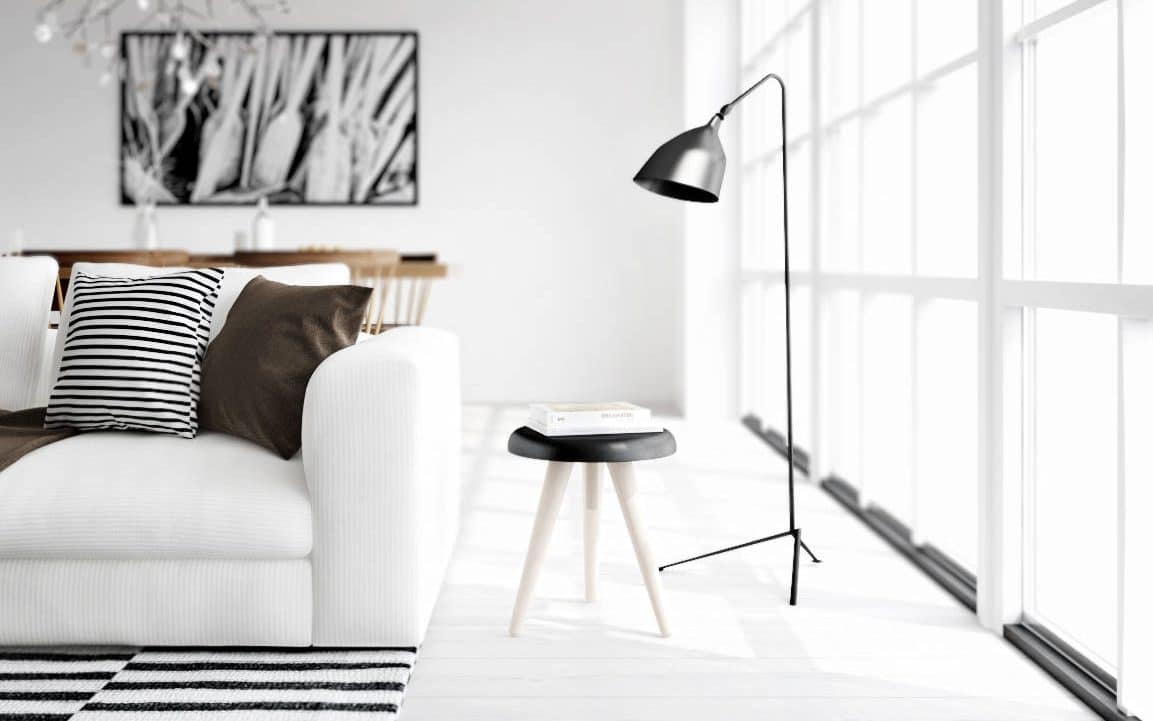
2. White Color
White is the main color of Scandinavian interiors, and it is no coincidence. White unites all parts of the interior into a single whole, hides inconsistencies and, most importantly, reflects the sun’s rays many times, filling the rooms with light, which is so lacking in northern countries. You can safely choose a wide variety of white light tones, as well as calm, muted tones: beige, milky and ivory in combination with white will bring more light into the room even on the most cloudy day. Recently, gray and its shades act as an alternative to white. Gray is quite versatile: depending on the tone, it can make a space calmer and more sophisticated, or, conversely, more expressive.
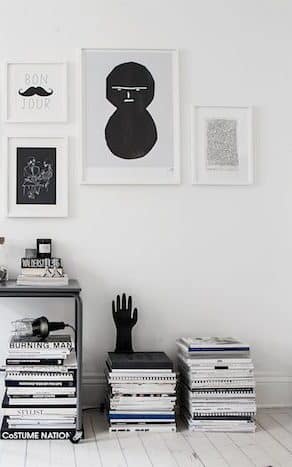
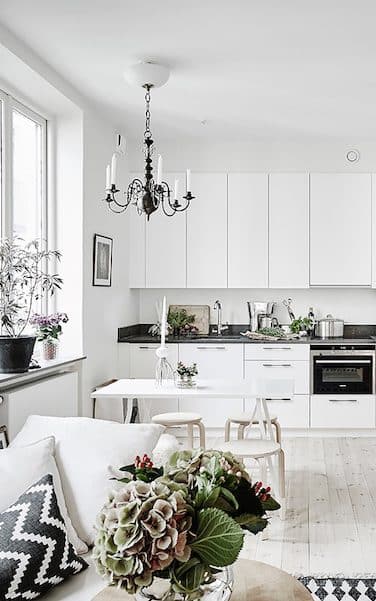
3. Natural Materials
Nature in the home is a principle that the Scandinavians adhere to. That is why wood prevails in their houses as the main material. The northern style is far from pretentious, its main expressive means are the textures of natural materials. Scandinavians love wood! In Scandinavian houses and apartments, wood is present in a variety of furniture forms, covers the floor, decorates the walls, and is sometimes used for the ceiling in the form of stylish wooden beams. An ideal option for flooring in a Scandi interior is wide boards made of natural wood. They give a natural, slightly rough texture that will contrast effectively with the smooth white walls and ceiling. In addition, wood always brings warmth and comfort. Wooden floors are laid in all rooms, except for the bathroom. Minimal processing is welcome – flooring made of unfinished boards that can be painted white is in vogue.
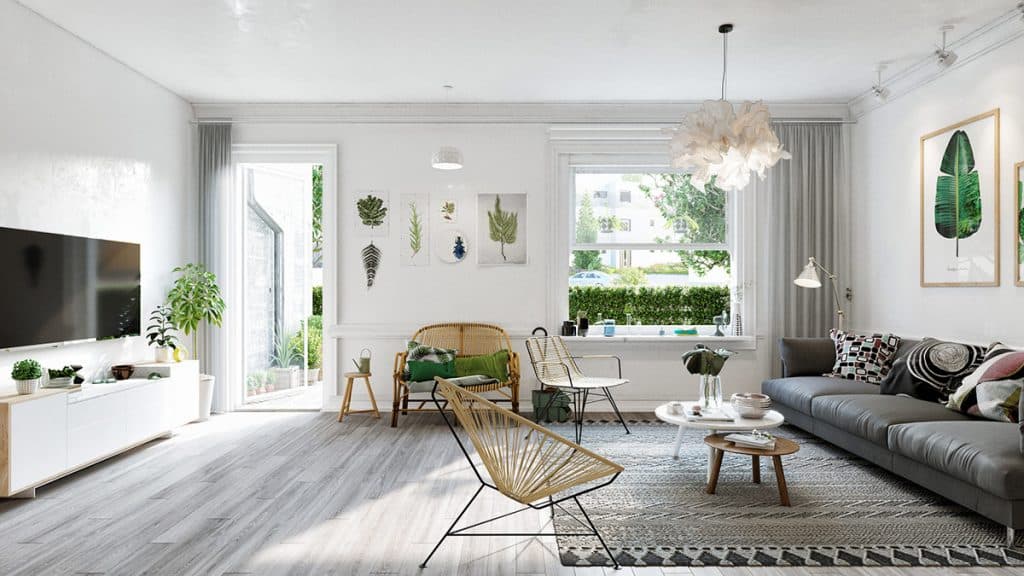
4. Eclectic Furniture
Scandinavian style furniture is simple, functional and ergonomic, with simple shapes, often having a retro touch. These are laconic transforming sofas, stylish open shelving, minimalist coffee tables, modular designs with shelves and drawers. Scandinavians do not like unnecessary things and prefer only functional furniture with a well-thought-out storage system. Scandinavian furniture is also characterized by its innovative and functional use, so it is common to see function come before form. To brighten up a minimalist interior, you can play with styles: a vintage sofa can easily get along with a wicker chair, metal “loft” chairs, and a bohemian velvet wedge. There is no need to buy a furniture set and select furniture with the same color and upholstery. A mix of different textures is welcome. Next to a soft sofa with a bunch of decorative pillows, you can put a coffee table with a solid wood top, and place a leather or knitted pouf opposite a wicker rattan chair.
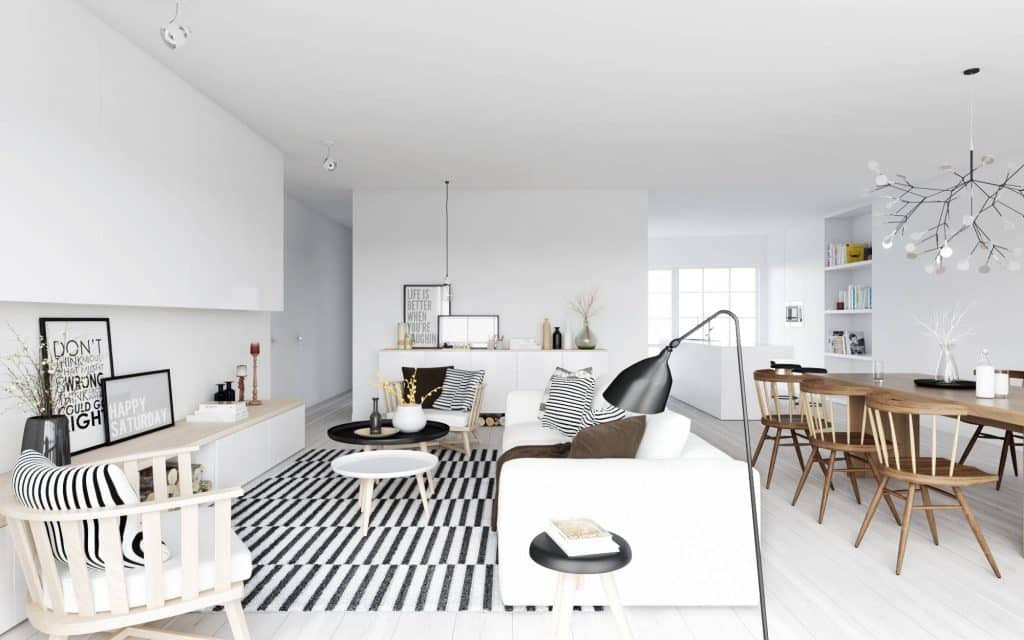
5. Colorful Decor
Decor plays a special role in the Scandinavian interior. Geometric, floral prints or retro patterns are traditional Scandinavian designs. The color scheme of a Scandinavian home can vary, but when it comes to color accents, designers unanimously declare that color is a must in the interior. It can be a bright lamp, a coffee table with a yellow top, a throw on an armchair, or decorative pillows on a sofa. Muted shades are in fashion now, whether it be pink, yellow, aquamarine, green or red. Warm blankets or plaids on the bed or back of the sofa, complete with a scattering of decorative pillows, are an indispensable attribute of the Scandinavian style. In the autumn-winter season, the living room is decorated with fur blankets and pillows in woolen covers, and by the summer they are replaced with lighter analogs: made of cotton and linen. One of the tricks of the Scandinavian style is to arrange decor elements simply on the floor, getting rid of the shelves on the walls. This allows you to visually stretch the room by increasing the height of the ceiling.

The fresh and unpretentious Scandinavian style will please both modern and traditional tastes. Its airy colors create an atmosphere of lightness, adding light and space to your home. The style is especially good for northern countries where houses lack daylight. To decorate your home, you can use the main components of the Scandinavian style, skillfully combining them and bringing more avant-garde or traditional features to your taste.
